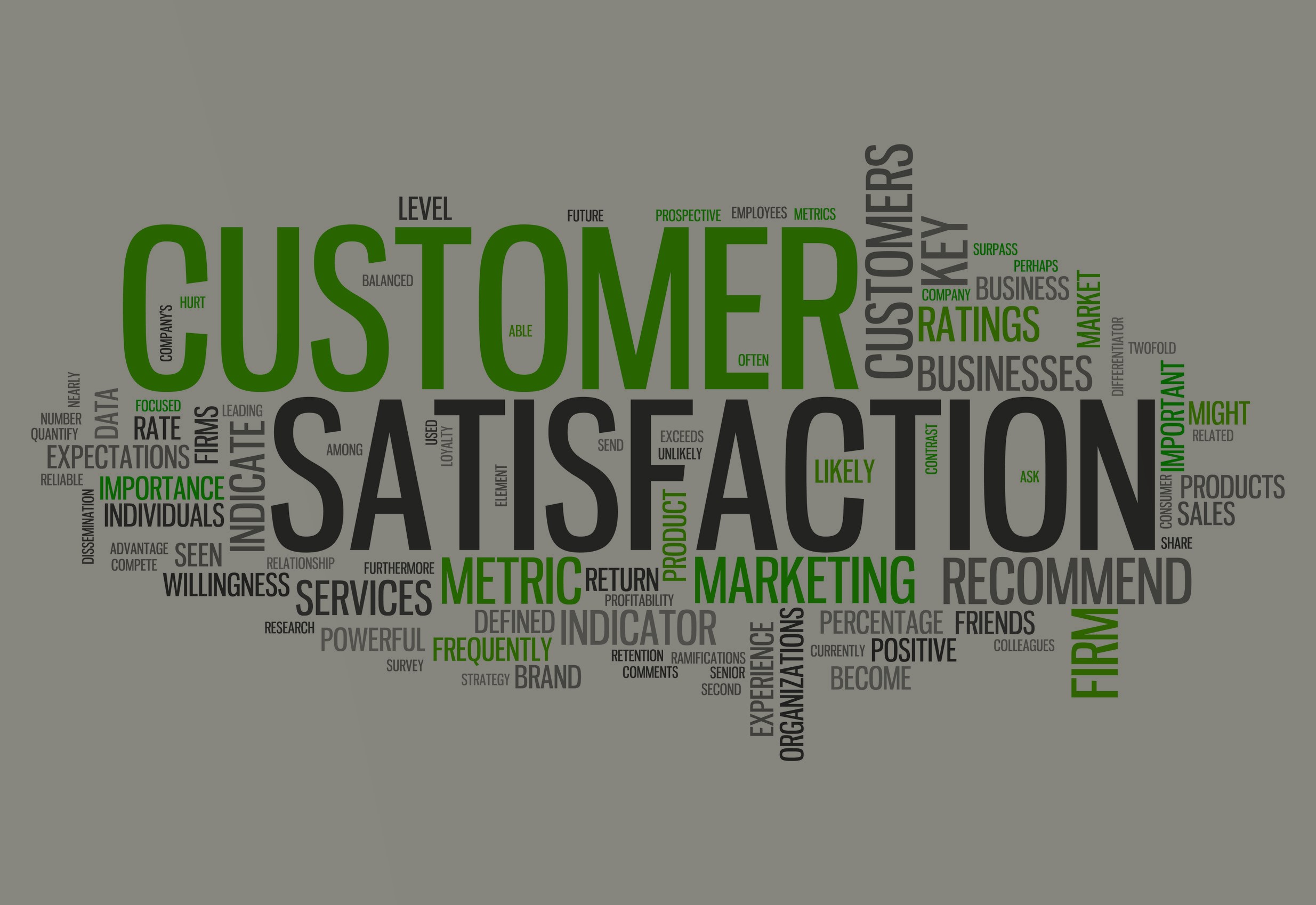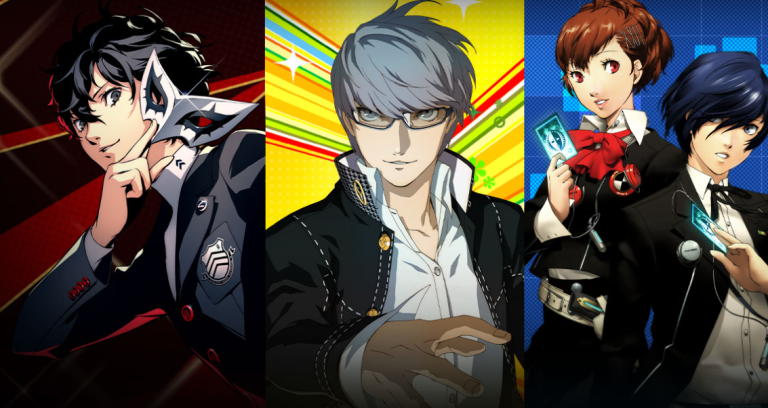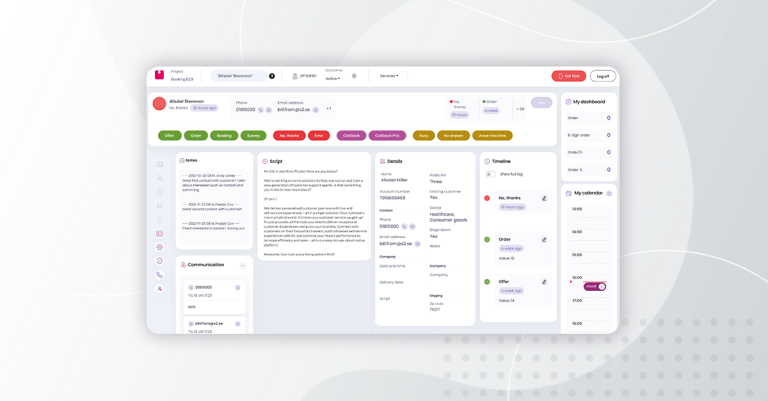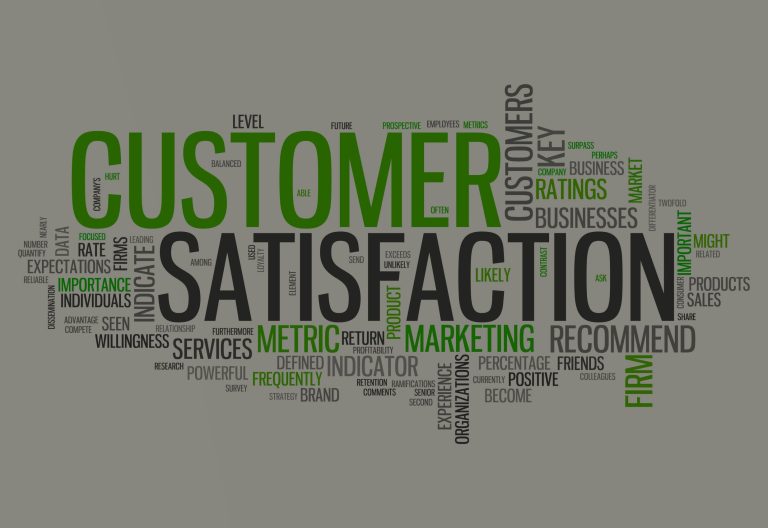According to McKinsey & Company, B2B companies score less than 50% on customer satisfaction. But consumer companies score between 65% and 85%. That’s a big divide. My strong contention is that B2B companies underperform because they fail to get meaningful customer feedback. And the reason they lack good feedback is they often copy and paste their B2B customer satisfaction survey questions from consumer surveys. While it’s wise for B2B companies to borrow some practices from their consumer counterparts, survey design is not one of them.
When B2B companies ask the wrong questions, they get blurry insights and vague next steps—making it nearly impossible to achieve total customer satisfaction.
Let’s get that fixed. First, I’ll discuss the main differences between business and consumer CX.
Then, I’ll give you a few rules for designing your B2B customer satisfaction survey questions for better results.
The B2B Spend
The reason B2B companies lack good feedback is they often copy and paste their B2B customer satisfaction survey questions from consumer surveys.
Most obviously, B2B customers differ from consumers because they spend more per sale and over time.
For example, a runner might shell out $300-$500 on sneakers each year.
But Nordstrom, Big 5 Sporting Goods, etc., spend millions per year on pallets of sneakers. Sure, some consumer purchases like the new Tesla or a house are spendy, but few of us would repeat those purchases year over year.
Multiple Decision Makers
Next, to get to that high spend, many executives (both influencers and leaders) are involved. Usually, Procurement Specialists, Managers, and Directors will all weigh in.
A True Partnership
B2B customers often come up with ideas for how to upgrade your products. And sometimes, they even produce entirely new ideas for ways to approach your business!
B2B customers are “intrinsically involved in the development of our products, giving us feedback, telling us what their end customers want and need.”Barbara Roos, Intel
Dennis Fitzgerald, Vice President of Customer Satisfaction for Yaskawa America, says, “many of our OEMs work so closely with their end-users that they develop unique solutions. Our OEMs help us reimagine what the next generation of our products could be.”
Basically, B2B customers are so deeply involved in the distribution and use of products and services that an ongoing dialogue often affects both parties.
Take Intel, for example, where Barbara Roos, Head of Customer Advocacy & Culture, says their B2B customers are “intrinsically involved in the development of our products—giving us feedback and telling us what their end customers want and need. They also keep us apprised of what trends are happening with their customers and how those trends then, in turn, impact what we deliver and make possible with our products.”
Many Touchpoints & Lots of Interaction!
Mike Cross, Chief Customer Officer at CXera, points out, “You have to teach your B2B customers how to use your products, help them along the way, and continually check in to ensure they’re gaining value and having a good experience.”
In other words, with B2B CX, multiple touchpoints spanning many departments are involved. The customer’s journey can include tech support, supply chain management, consulting, field service, and more. And on top of this complexity, B2B customers often interact with their providers weekly, daily, or even hourly.
Customer Expectations are High
“If your survey is poorly constructed, asks the wrong questions, or fails to reach enough customers, your strategy could be based on a house of cards.
Finally, with so much at stake, it makes sense that B2B customers have high expectations. Accustomed to the sleek experiences afforded by consumer giants like Amazon, Nike, and Apple, B2B customers don’t see why all companies can’t be this easy and delightful.
Mike Cross adds that “B2B buyers are doing a lot of research upfront, allowing them to find a company that will fit exactly what they need. If they choose you, you have very limited time to meet these expectations, or they’ll get frustrated and spare no words in letting you know.”
Your B2B Customer Satisfaction Survey Questions
Chris Wells from Adience aptly states, “Low-quality B2B market research can lead to bad decisions.” In other words, watch out! If your survey is poorly constructed, asks the wrong questions, or fails to reach enough customers, your strategy could be based on a house of cards.
To remedy this situation, here are four rules to help you align your B2B customer satisfaction survey questions to the unique traits of B2B CX.
Rule #1: Don’t be Annoying-Use a Suppression Process
Make sure you ask questions that identify expectations and perceptions. The delta between the two offers a rich perspective on satisfaction. In addition, find out which expectations matter most and use that to set a weighting factor.
Consumer-facing companies have so many customers that they can afford to lose some. But with B2B, every customer counts!
So don’t annoy your B2B customers by bombarding them with surveys.
If your goal is to track and evaluate all aspects of customer satisfaction, surveying once per year is all you should do.
But for operations feedback (tech support, client services, inside sales, etc.), while you want to survey often, you need to scour your list and make sure you contact your customers strategically—and only at key interaction points.
For example, if a customer has had multiple repairs in a month, you should not survey about each repair. Instead, explore the repair experience in aggregate. Alternatively, tease out one repair each month and get feedback on that.
Rule#2: Demonstrate Listening
You don’t want to come across as ho-hum. Instead, tweak your B2B customer satisfaction survey questions to reflect the true interests of your B2B customers. Invest in customer listening, and show it!
For example, a great way to start an open-end interview with a B2B customer is: “We’re truly interested in everything you have to say about ABC Company and the XYZ marketplace.” Then, listen.
Or, if you must ask the NPS question, and your audience is distributors, ask something like: “Have you ever gone out of your way to recommend ABC Company to your customers?” Follow this with: “Tell me more.”
Rule #3: Account for Multiple Perspectives
Your customer base probably includes Presidents, IT Technicians, Marketing Managers, and Procurement Specialists, all of whom have their own take on how your company is doing. Your B2B customer satisfaction survey questions should reflect that.
For each function, you need a set of questions relevant to their interests. (Otherwise, you risk getting bogus data or lots of NAs. If customers need to use NA, you failed to think your survey design through.)
Questions for IT might get into nitty-gritty engineering details. But questions for Procurement might be limited to the ease of getting credit and invoicing processes.
And make sure you ask questions that identify expectations and perceptions. The delta between the two offers a rich perspective on satisfaction. In addition, find out which expectations matter most and use that to set a weighting factor. Include that factor in your satisfaction score.
Finally, calculate and track scores for each individual and for each customer account.
Rule #4: Does a Customer Want a Callback? Do it!
Considering that expectations from B2B customers are high, you need to allow plenty of room for conversation. So in your surveys, ask customers if they want a follow-up call to discuss their issues or anything else on their minds. Let the customer state when they want to be contacted—and follow through!
“We need to keep going back to the value exchange between ourselves and our B2B customers.”Pamela Herrmann, OnQFinancial
In Sum, Shouldn’t B2B Customers be the Most Satisfied?
Since B2B relationships are worth so much, you’d think that B2B companies would excel with customer satisfaction. But going back to the McKinsey report, they don’t.
Pamela Herrmann, VP of Marketing at OnQFinancial, says, “In my career spanning nearly every aspect of CX, it’s B2B companies that struggle the most. At OnQ, we’ve found that we need to keep going back to the value exchange between ourselves and our B2B customers. Only then, when we write each survey question to address that value, do we get the data we need to continually succeed.”
If you are in B2B CX, now is the time to concentrate on best practices—andapply hacks to get more from your surveys in place.
Start by examining your B2B customer satisfaction survey questions:
Are they relevant?
Are they interesting?
Do they demonstrate listening?
And are you following up? Not only when you must, but when customers would benefit from a deeper conversation.
Given that B2B CX has unique characteristics, could your B2B customer satisfaction survey questions better reflect who you are as a company?
Toward the best experiences, the highest scores, and total customer satisfaction.
For more information about B2B customer feedback, contact us here.






+ There are no comments
Add yours